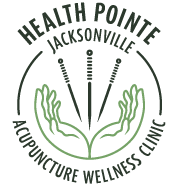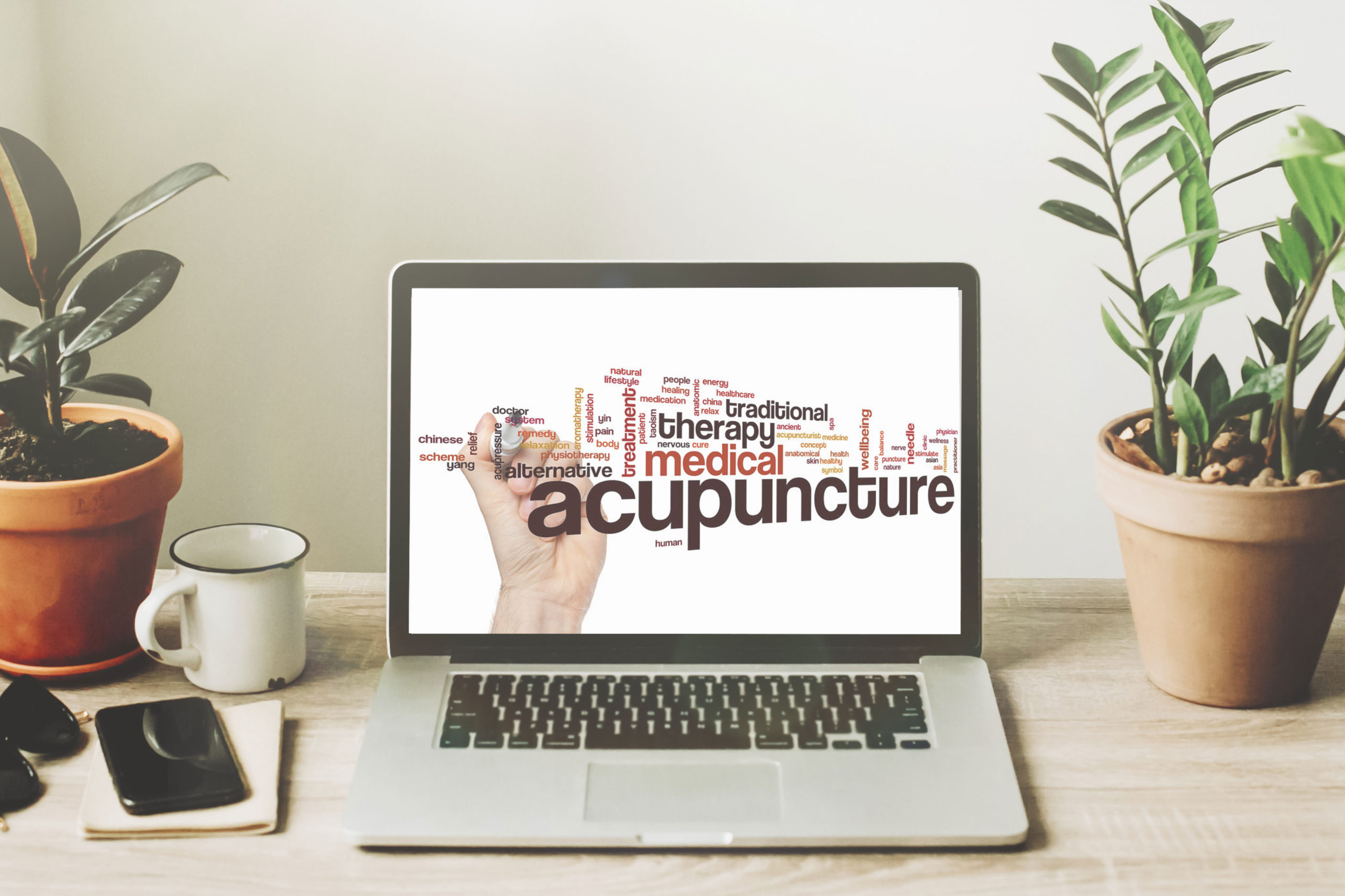What is Endometriosis?
Endometriosis is a gynecologic condition that can cause moderate to severe abdominal and pelvic pain, excess menstrual bleeding and/or infertility. According to a study published in the U.S. National Library of Medicine (NLM), endometriosis affects 6-10% of the general female population. This same study indicates the rates of endometriosis are higher in women who experience pelvic pain and/or infertility, with the disease occurring in 35-50% of women.
Endometriosis is described as the abnormal growth of endometrial cells outside the uterine cavity, usually on the abdominal cavity. Normally, these cells remain isolated to the uterine cavity, where hormones influence their growth and behavior. Women who suffer from endometriosis, however, experience endometrial cellular growth outside the uterus, resulting back pain, abdominal pain, premenstrual spotting, urinary pain, vomiting and other related symptoms.
For some women, pain is minimal, and they only know they have endometriosis because of an exploratory surgery to seek out the cause of their infertility. Other women experience enough pain to disrupt their lives a couple of days a month. For still other women, the pain is severe and some are unable to work, have relationships or get out of bed. The pain may occur only during menstruation, or include such times as ovulation, sexual activity, urination or bowel movement. Some women experience pain every day or at random, unpredictable times.
There are three basic classifications of endometriosis:
- Mild endometriosis: (stage I) characterized by the formation of small patches of endometrial tissue growing outside the uterine cavity.
- Moderate endometriosis: (stage II)involves larger and more prominent growths of endometrial tissue including “chocolate cysts” of endometriosis may be smaller than a pea or larger than a grapefruit, located within the ovary.
- Severe endometriosis: (stage III & IV) involves the formation of fibrous scar tissue binding together the pelvic organs, large cysts on ovaries.
Potential triggers for endometriosis
- Surgical scars: after C Section or hysterectomy, endometrial cells can attach to the incision from the surgery
- Autoimmune: Challenges in an immune system can inhibit the body from identifying and destroying endometrial tissue from growing outside the uterus
- Endometrial Cell Transport: the lymphatic system can potentially transport endometrial cells to other parts of the body
Traditional Chinese Medicine (TCM), including acupuncture, is often used to treat cases of mild, moderate and even severe endometriosis. According to TCM, endometrial lesions are categorized as static blood (blood that is stagnant is not moving throughout the body). This makes sense considering the disease involves abnormal cellular growth in areas where it shouldn’t be. The presence of static blood encourages the formation of disease, and there’s some belief that it increases the risk of certain types of cancer as well. TCM states that blood must flow freely and unrestricted throughout the body to maintain good health. When a person experienced poor circulation, he or she is more susceptible to disease and illness.
Acupuncture and Endometriosis
Far less invasive, risky or costly than drugs or surgery acupuncture treatments for endometriosis can provide much needed pain relief as well as balancing hormones naturally. It has been found that acupuncture treatments promote the release of endorphins, enkephalins and other natural opioid receptors in the body. These chemicals assist in healing and pain management. Acupuncture can also reduce local scar tissue and adhesions, as well as decrease fibroids.
In short, acupuncture can treat the pain associated with endometriosis as well as moderate the heavy bleeding associated with this condition. It can also help alleviate pain experienced during intercourse, urgent and painful bowel movements and urination. When endometriosis affects fertility it can also help balance hormones, decrease pelvic adhesions.
Alleviate Endometriosis Pain with these Acupuncture pressure points:
By stimulating specific acupuncture points with your finger for 30 – 60 seconds can activate the point to improve circulation to the area as well as to the affected point
- Stomach 36 (ST 36): On the outside of the leg, approximately one hand width below the kneecap, just off the bone. Functions: Increases stamina and energy, provides stability and grounding, heals effects on the body of too much worrying and thinking.
- Liver 3 (LV 3): On the top of the foot, in the depression between where the first and second metatarsal bones meet.
Functions: Used for dizziness, headaches, vertigo, epilepsy, painful and/or blurry eyes, irregular menstruation, depression, uterine bleeding and prolapse, urine retention, genital pain, frequent sighing, and insomnia. - Kidney 3 (KD 3): Level with the tip of the inner ankle bone, in the depression between the ankle and tendon. Functions: Reinforces the Kidneys, clears heat, strengthens the low back and knees, rectifies the uterus, helps with anxiety, insomnia and chronic low back pain.
- REN 6: Three finger widths directly below the belly button. Functions: Alleviates pain in the lower abdomen, alleviates abdominal masses due to stagnation. Regulates uterus and good for irregular menstruation and dysmenorrhea (painful periods).
- REN 4: Roughly four finger widths directly below the belly button. Functions: Alleviates abdominal masses due to stagnation. Regulates uterus, good for irregular menstruation and dysmenorrhea. Also a good point for severe lower abdominal pain that radiates to genitals, and helpful for bladder infection. Strengthens the body and helps with diarrhea, lethargy, and weak limbs.
Nutritional Therapy:
According to Chinese Medicine, proper nutrition is considered one of the most important foundations to health and disease prevention. In moderate to severe cases of endometriosis patients are advised to avoid smoking, recreational drugs, caffeine, refined sugar, icy cold raw foods as well as reduce dairy products. Increased intake of green vegetables as well as barley and seaweed are also advised.
More useful tips for dealing with endometriosis:
- • Relax… stress is known to irritate and worsen conditions such as endometriosis.
• Perform deep-breathing exercises and/or meditation.
• Strive for a minimum of seven hours of sleep per night.
• Place a heating pad on you abdomen to relieve endometriosis-related pain.
• Increase your intake of omega 3 and 6 fatty acids.
• Cut back on refined sugars and processed foods. - Yoga: These restorative yoga poses can also help ease symptoms during your cycle.
For more information or to schedule an appointment, call (904) 448-0046 today to learn how you can get back on track to better health!
Health Pointe Jacksonville
3840 Belfort Road #305 Jacksonville, Fl 32216
904-448-0046
www.hpjax.com



About The Author: Julee Miller
More posts by Julee Miller